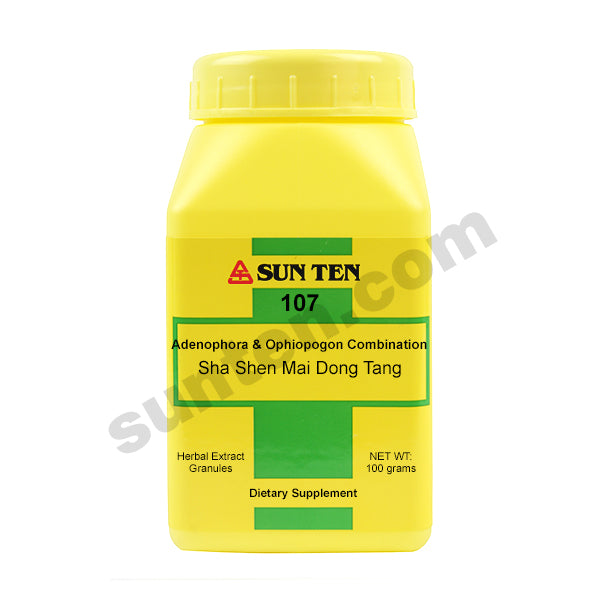Sha Shen Mai Dong Tang
Adenophora & Ophiopogon Combination Granules | 沙參麥冬湯
Practitioners: Please LOGIN to view the wholesale price. This item can only be purchased by a licensed practitioner. Find a practitioner
Ingredients: Radix Glehniae (bei sha shen), Radix Ophiopogonis (mai men dong), Rhizoma Polygonati odorati (yu zhu), Radix Glycyrrhizae (gan cao), Folium Mori (sang ye), Semen Lablab album (sheng bian dou), Radix Trichosanthis (gua lou gen).
| Mandarin: 沙參麥冬湯 Pin-Yin: Sha Shen Mai Dong Tang English: Adenophora & Ophiopogon Combination Romaji: Shajin Bakuto To Kanji: 沙参麦冬湯 Kampo: No |

